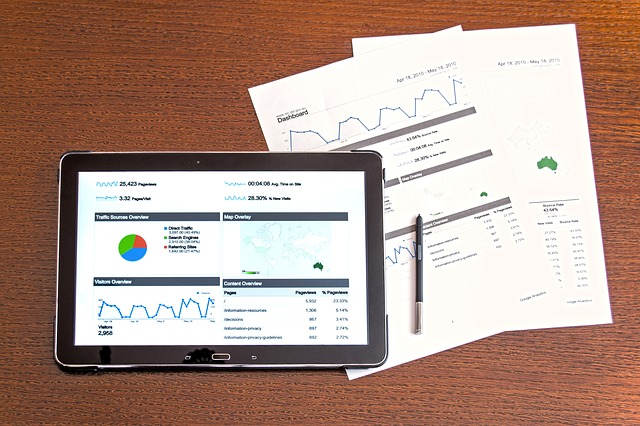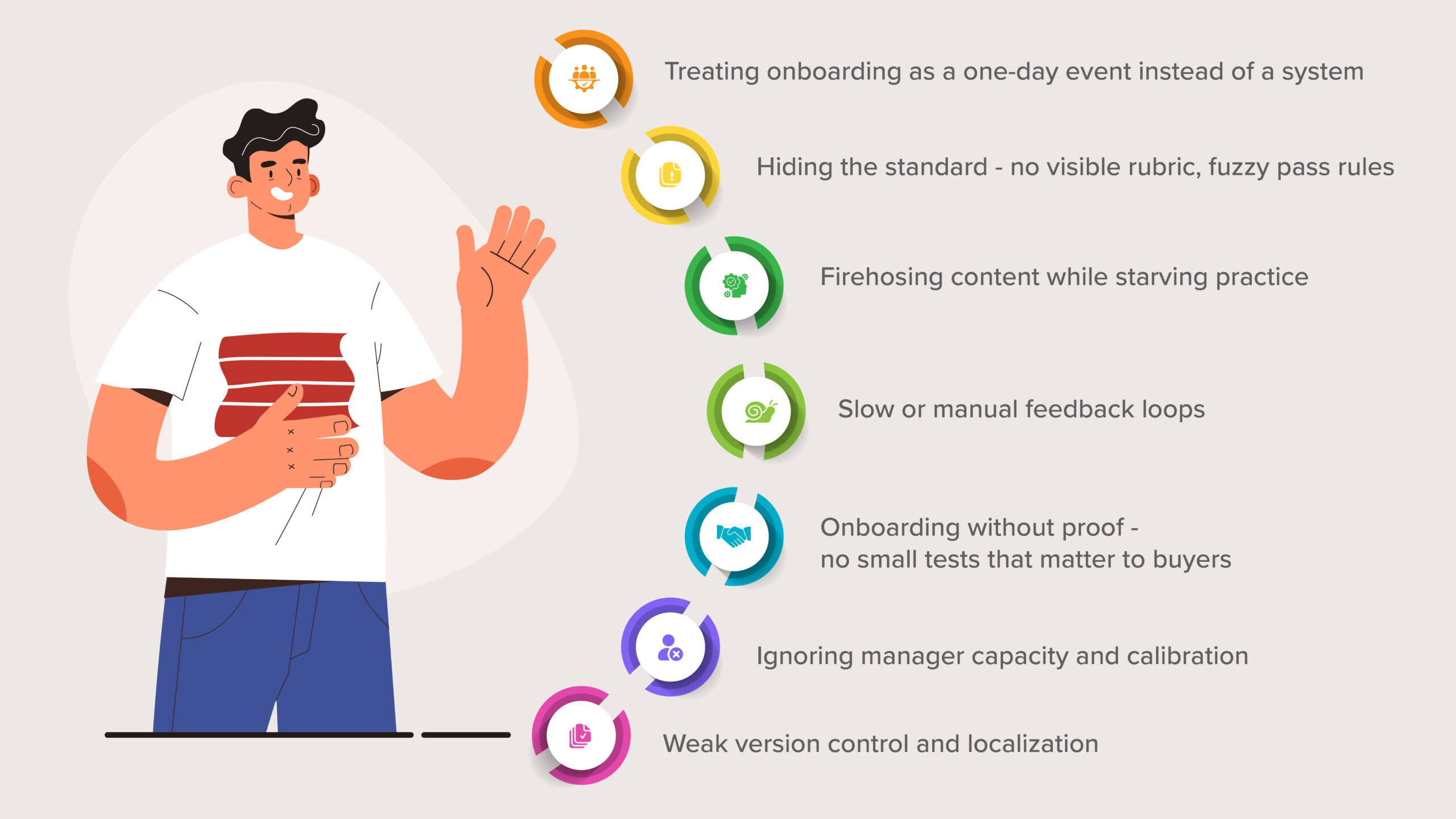5 Steps to Create Scorecards which Evaluates your Sales Team’s Performance

- Keeping your sales reps accountable
- Evaluating your sales process
- Identifying top performers
- And creating healthy competition
Are you looking for a ready-made Sales Contest Template? Click here to design your own template for free, in just 3 clicks.
Steps to create a Sales Scorecard
1. Identify scorecard metrics
Your organization might be tracking a lot of important business-related metrics. But a scorecard efficiently reveals the metrics that are important for the sales reps to improve their field performance. Determine what metrics you are going to track and measure using scorecards.
If you have multiple roles, create a scorecard for each one of them. For example, sales development scorecard might include metrics such as calls, conversations, emails, and sales accepted opportunities. And, an account executive scorecard would likely have metrics like meetings, demos, proposals sent and closed-won.
The metrics you choose should be relevant to the sales reps role and guide their everyday behavior. Tracking only the most important activities helps the reps in prioritizing their tasks.
2. Calculate metric goals
Reverse engineer your sales process and set the goals for your sales team. Start with the amount of revenue you need to bring in for this fiscal quarter.
For example, let’s say that you need to make $10 million this quarter, and your average deal size is $1 million. You need to close 10 deals. Assuming your team closes a quarter of the proposals sent out, you’ll need 40 proposals. If you know that every one out of five meetings gets to the proposal stage, you’re going to need 200 meetings. And if every 10 phone calls result in one meeting, then reps should make 2,000 calls this quarter.
Also, consider adding cushion to your goal. Adding an extra 15-25 percent to your activity numbers ensures that you’ll get to your larger goals. Just make sure that the activity numbers are still achievable.
3. Break down metrics by timeframe
| Activity | Per Quarter | Per Month | Per Week | Per Day |
|---|---|---|---|---|
| Deals | 11 | 5 | 1 | N/A |
| Proposals Sent | 60 | 16 | 6 | 1 |
| Meetings | 150 | 70 | 20 | 4 |
4. Assign the metrics to reps and managers
| Activity | Goal | Timeframe |
|---|---|---|
| Deals | 1 | Per Quarter |
| Proposals Sent | 3 | Per Month |
| Meetings | 3 | Per Week |
| Activity | Goal | Timeframe |
|---|---|---|
| Deals | 10 | Per Quarter |
| Proposals Sent | 30 | Per Month |
| Meetings | 32 | Per Week |
5. Track and review
| Activity | Completed | Total | Goal | % to Goal | On Pace? |
|---|---|---|---|---|---|
| Conversations | 14 | 42 | 40 | 105% | Y |
| Opportunities Created | 3 | 8 | 10 | 80% | N |
| Wins | 2 | 3 | 2 | 75% | N |
Final words: When created and implemented correctly, sales scorecards are highly effective in driving your revenue through a metrics-driven sales approach.
Want to know how to best gamify your KPIs?Permalink
Read: KPI Gamification Part 1 – How to Select KPIs
Want to know how gamification helps in accelerating your employee engagement? Read the below articles to find out:Permalink
Gamification and Employee Engagement: the Why and the How
Improve Employee Engagement of your Remote Teams with Gamification
Accelerate Your Sales Performance Through Gamification
SmartWinnr: #1 Easy to Use Sales Gamification Software
SmartWinnr is an AI-powered gamification platform that helps you improve your sales team’s knowledge and performance by up to 80%.
You can run the most effective, engaging, hustle-free, and automated contests with the help of SmartWinnr. No tedious excel calculations, live leaderboards, and many more.
Curious to see SmartWinnr in action? Book a demo with us today!
Related Posts
LMS + Gamification for Enterprise Sales Teams
The 2025 Guide to LMS + Gamification for Enterprise Sales Teams Enterprise sales is a moving target. Messaging changes. Products...
Creating a Safe Learning Environment: AI’s Role in Sales Skill Development
In today's fast-paced sales environment, creating effective training programs that allow sales representatives to develop their skills in a supportive...
How can Trainers Use AI Sales Role plays to Train MRs Better Detailing and Closing Techniques
In general, companies investing in sales training are 57% more effective than those who don’t. Let’s break that down with...
Looking for a sales training software that takes your sales training to a whole new level?
Explore SmartWinnr’s Learning and Gamification features. Learn how to run fun and engaging sales training and sales coaching for your team through SmartWinnr.
Curious to learn more about it? Book a demo today!
 Two way AI Role Plays
Two way AI Role Plays Targeted Learning
Targeted Learning Gamification
Gamification Sales Coaching
Sales Coaching Sales Contest
Sales Contest Implementation
Implementation Consulting
Consulting Enterprise Ready
Enterprise Ready Pharmaceuticals
Pharmaceuticals Medical Devices
Medical Devices Insurance
Insurance Banking
Banking Technology
Technology Senior Living
Senior Living Sales
Sales Call Centers
Call Centers Marketing
Marketing Improve Sales Productivity
Improve Sales Productivity New Hire Onboarding
New Hire Onboarding New Product Launch
New Product Launch Channel Partner Training
Channel Partner Training Sales Events
Sales Events Success Stories
Success Stories Whitepapers and eBooks
Whitepapers and eBooks Contest Template Designer Tool
Contest Template Designer Tool Sales Training
Sales Training Gamification
Gamification All Blogs
All Blogs
